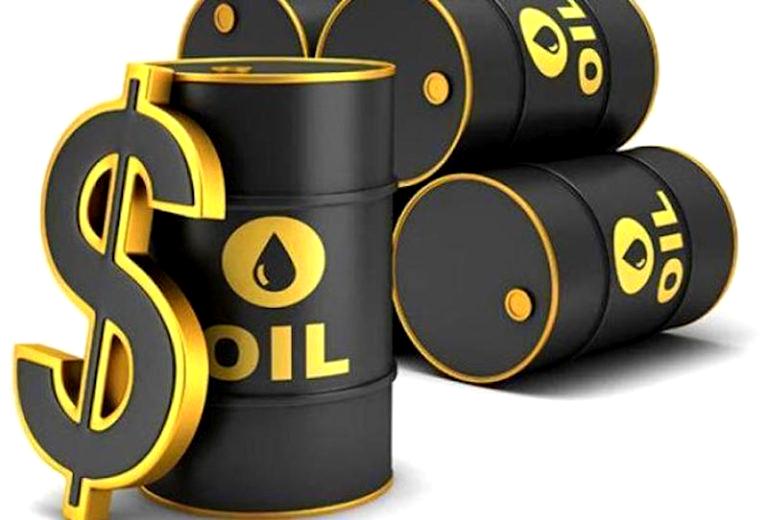Oil prices recovered slightly after hitting a three-week low on Tuesday, as investors weighed a stronger U.S. dollar, darkening global economic signals and tightening supply. Brent crude oil futures were down 10 cents to $90.61 a barrel, after falling to a session low of $89.50, the lowest since Sept. 8. U.S. West Texas Intermediate crude, gained 37 cents to $89.19 per barrel. Earlier in the session, prices fell to $87.76, weakest since Sept. 12. Weighing on prices, the U.S. dollar rose to a 10-month high against a basket of major peers after the U.S. government avoided a partial shutdown and economic data fuelled expectations the Federal Reserve will keep rates higher for longer, or even hike them again.
“We have seen an incredible increase in the yields and the dollar and that’s raised concerns about demand going forward,” said Price Futures Group analyst Phil Flynn. Higher interest rates and a stronger dollar make oil more expensive for holders of other currencies, which could dampen oil demand. Investors kept an eye on any supply updates, as expectations of tighter supply loom large following Saudi Arabia and Russia’s decision last month to extend output cuts to the end of the year. The two countries are part of the Organisation of the Petroleum Exporting Countries and allies, known as OPEC+. The producer group is expected to keep its output policy unchanged when it meets on Wednesday, keeping supplies tight. There could be an element of profit-taking ahead of the OPEC+ meeting after the strong rally since mid-August, or maybe economic fears are weighing, said OANDA analyst Craig Erlam.
“The question now is whether … the recent shift in risk appetite will influence the outcome of the meeting.” Saudi Arabia is expected to raise its November official selling price of Arab Light crude to Asia for the fifth straight month, according to a Reuters survey. Talks to restart Iraqi oil exports via a crude oil pipeline that runs through Turkey are still ongoing, an Iraqi oil official told Reuters on Tuesday, one day after Turkey said operations would start again this week after a near six-month stoppage. “In theory, under the terms of the OPEC+ deal, production (outside the Gulf Cooperation Council) should remain flat over Q4. However, Iraq’s compliance has been somewhat spotty in the past and export levels should be expected to rise, assuming the pipeline resumes operations as planned,” BMI Research analysts said. Iraq – OPEC’s second-biggest producer – on Tuesday also said it would award 30 new oil and gas projects in its fifth and sixth licensing rounds. Market participants awaited weekly industry data on U.S. crude stockpiles, due later on Tuesday. U.S. crude inventories were expected to have fallen by about 100,000 barrels last week, a preliminary Reuters poll showed on Monday. Reuters

